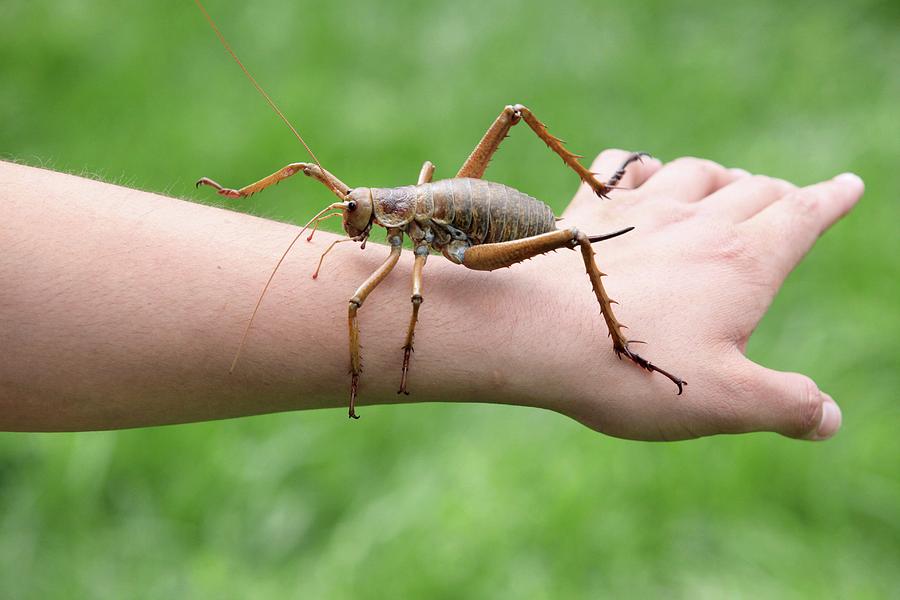PhosphorusDecree wrote:
Sweetleaf wrote:
There are thousands of kind of wasps, some of them are actuallly quite useful...there are even specific fig wasps that the figs need. Also wasps are a relative of bees, bees are basically wasps that evolved to drink nectar rather than eat other bugs.
There's a small nature reserve near my house, and I've spotted about a dozen different kinds of ichneumon wasp in the neighbourhood. Well, I can't identify them on species level, but whenever I see a hyperactive little mad waspy thing, the closest match in my little book of insects is usually on the ichneumon wasp page. They're incredibly diverse. I rescued a dainty 3mm long wasp from my window once. At the other extreme was a kind of stretch-wasp: black and yellow, 5 centimeters long, but only half a centimeter wide. I figure it's a good sign for the health of the local environment. There must be a good variety of flowering plants for all the different adult wasps to feed on. And also a good variety of caterpillars for the larvae to go all "Alien" chestburster on. (Yes, that's where they got the idea from.) Wasps are cool. Disturbing, but cool.
Once, a year or two ago, while I was attempting to tame some weeds, I came across a caterpillar that had a bunch of larvae of some kind bunched in one spot on its side. I picked the larvae off as gently as I could :shudder: then let it go, and decided I’d had quite enough of nature for one day. Never did manage to identify either the caterpillar or the larvae, though.
At a summer camp I go to, we get a lot of carpenter bees, which don’t appear to have any yellow on them. They bore into wood, but I have been assured they don’t sting (though I don’t know if that’s because they are usually gentle or because they actually lack stingers). Also lots of swallow nests in places with an outdoor roof. Just don’t mix those up with the occasional mud dauber nests we get, as well.
Yes. There are wasps that lay their eggs inside the bodies of live caterpillar. The larvae grow and ...eat up the living catepillars from within, and then burst out of the catepillers and fly away.
Carpenter bees are common here in the DC area. At first glance they look like bumble bees because they are stubby brawny and black. But instead of being furry like bumble bees they are shiny and metallic looking -like the fuel tank on a black Harley. They are so called because they love to chow down on your wooden house. We used to actually hear them chomping away when we picknicked out on the deck in the summer. And you would see their nests in the eves. Little holes surrounded by sawdust. Though the damage they do LOOKS and SOUNDS alarming its actually trivial. Nothing like the serious damage that termites can do.














